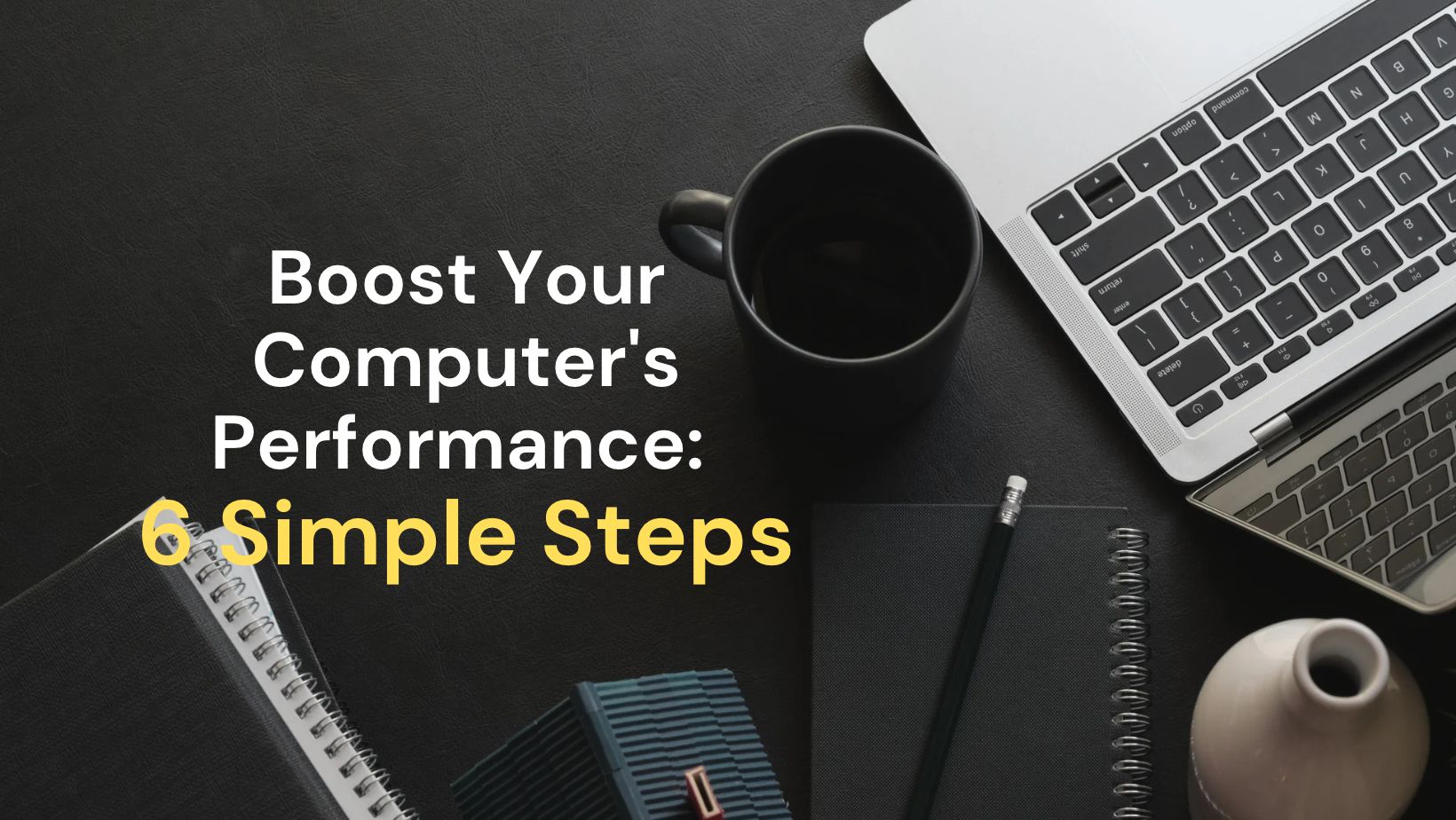Whether you’re an amateur photographer or you’ve been snapping photos for years, we have something for you. In this post, we’ll cover a variety of topics to help you improve your photography skills and take your pictures to the next level. From understanding camera settings to editing photos on your computer, creating a home photography studio, capturing action shots, composing your shots, enhancing color and contrast, taking stunning portraits, and getting creative with filters and effects, we’ve got you covered. So grab your camera and let’s get started!
Understanding Camera Settings For Better Photos
Photography is an art form that captures moments for posterity. With the advent of digital cameras, the process has become more accessible to everyone. However, to take stunning photos, you need to understand camera settings. This article delves deeper into some camera settings that will help you take better photos.
1. ISO Settings
The ISO setting determines the sensitivity of the camera sensor to light. The higher the ISO value, the more sensitive the camera sensor is to light. Higher ISO settings are useful when shooting in low-light conditions. However, higher ISO settings can also introduce noise into your photos, which can make them look grainy. Lower ISO settings reduce noise but require more light to take well-exposed photos.
2. Shutter Speed
The shutter speed determines how long the camera shutter remains open when you press the shutter button. Shutter speed is measured in seconds or fractions of a second. A faster shutter speed reduces motion blur and is suitable when taking action shots. On the other hand, a slower shutter speed creates a motion blur effect that can add creative elements to your photos.
| Shutter Speed | Effect |
|---|---|
| 1/1000 sec or faster | Freezes fast-moving objects in motion, such as people, cars, animals or sports |
| 1/250 sec to 1/500 sec | Freezes slightly moving objects |
| 1/60 sec or slower | Intentionally creates motion blur, such as in waterfall or night photography, using a tripod |
3. Aperture
The aperture determines how much light enters the camera when you press the shutter button. The aperture is the opening in the lens that can be adjusted to control how much light enters the camera. A wider aperture (small opening number) allows more light to enter the camera and creates a shallower depth of field, resulting in a softer background effect. A narrower aperture (large opening number) allows less light to enter and creates a deeper depth of field, resulting in a sharper image of both the foreground and background.
In conclusion, understanding camera settings is crucial when it comes to taking better photos. Pay attention to the ISO, shutter speed, and aperture settings to control the light and create unique and stunning photos.
How To Edit Photos On Your Computer
Computer photography has revolutionized the way we capture and store images. Not only do we have the luxury of snapping endless pictures, {but|and} we can also enhance and manipulate them with incredible ease. However, {editing|enhancing} photos can be a daunting task, especially for beginners. In this blog post, we will cover some basic steps you can take to edit photos on your computer like a pro.
Firstly, you need to choose the right software for the job. Adobe Photoshop and Lightroom are the most popular programs among professionals, but they can be quite pricey. {Luckily|Thankfully}, there are some free alternatives that work just as well, such as GIMP and Paint.net. Once you have downloaded your preferred software, you can start importing your photos to your computer.
- The next step is to organize your files into folders. This will make it easier to find and work on specific images later on.
- Once you have organized your files, you can begin to make basic edits such as adjusting brightness, contrast, and saturation.
- If you want to take things a step further, you can also remove blemishes and unwanted objects from your images using the clone stamp or healing brush tool.
After you have made these basic edits, you might want to consider adding some filters and effects. {These can help|Using these settings can provide} give your photos a unique look and make them stand out on social media. However, it is important not to go overboard with filters and effects as too much can make your photo look unprofessional.
| Pros | Cons |
|---|---|
| Allows greater flexibility and control over your images | Can be time-consuming and require additional skills |
| Provides endless possibilities for creativity | May require expensive software |
| Allows you to fix and enhance your images with ease | May not work well with low-quality images |
Editing photos on your computer requires a lot of patience and practice. But with the right tools and techniques, anyone can learn how to enhance their images like a pro. So, if you have a passion for photography, don’t be afraid to explore and experiment with different software and editing techniques.
Creating A Home Photography Studio
If you’re passionate about photography and want to take your skills to the next level, creating a home photography studio can be a great investment. This doesn’t have to be a daunting task, but deciding on the right equipment is key to ensure your studio is functional and able to produce high-quality images. Firstly, a good DSLR camera is necessary but don’t rely on the camera built-in flash as that can compromise the quality of the photos. Invest in a speedlite flash, softboxes, reflector diffusing umbrella, and stands. Lastly, you need a backdrop and stand, and a good one can be surprisingly affordable.
| Equipment | Utilization |
|---|---|
| DSLR Camera | This is a versatile camera that can be used with different types of lenses depending on the photography category |
| Speedlite Flash | Instead of relying on your camera’s built-in flash, investing in an external flash is crucial to get high-quality images |
| Softboxes | These help to diffuse light and produce more natural-looking images in portrait photography |
| Backdrop and Stand | This helps in creating a consistent background and provides versatility depending on the theme and style of the photoshoot |
With the right equipment, you can start to experiment with different lighting techniques and compositions to capture stunning images. It’s important to keep in mind that a home studio does not need to be large or complicated, and making use of natural light from windows is ideal. By dedicating a small area of your home, you can have a space to use for clients or personal projects. By investing some time and energy into building a home photography studio, you will have the freedom to develop new skills and create a portfolio that showcases your creativity and unique style.
Capturing Action Shots With Your Computer
If you’re interested in photography but don’t own a fancy camera, don’t worry! You can still capture action shots with your computer. Although smartphone cameras have come a long way, the camera on a computer or laptop is often overlooked. With a little bit of practice and patience, you can take some impressive photos using your computer’s camera.
First and foremost, make sure your computer’s camera is in good working condition. Dust and debris on the lens can negatively affect the quality of your photos. Once you’ve cleaned the camera lens, adjust the camera settings to ensure that the photo meets your desired specifications. For capturing action shots, we recommend using the burst mode setting to snap multiple photos in quick succession. This will give you more options to choose from, and increase the likelihood of capturing the perfect shot.
| Pros | Cons |
|---|---|
| Cheap alternative to a camera | Lower image quality than a camera |
| Easy to use and access | Not ideal for professional use |
| Good for practicing photography skills | Less versatile than a camera |
When capturing action shots, it’s important to have a steady hand or use a tripod if possible. You can also use natural light or add additional lighting to brighten up your photos. Try taking photos from different angles and distances to see what works best. For instance, getting down to the subject’s level can make the photo appear more dynamic and interesting. You can also experiment with different editing programs to fine-tune your photos and make them stand out.
Ultimately, capturing action shots with your computer can be a fun and rewarding experience if you’re willing to experiment and learn. Happy shooting!
Introduction To Composition in Photography
Photography is an art that involves capturing the essence of the moment through the lens of a camera. It is not just about pointing and shooting, it’s about understanding the elements of design that make a photo visually appealing. One of the most important of these elements is composition. In this blog post, we will delve into the basics of composition in photography.
Composition refers to the arrangement of the elements within the frame of the photo. It includes everything from the placement of the subject to the use of lines, shapes, and colors. The goal of composition is to create an image that is visually pleasing, balanced, and engaging.
| Rule of Thirds | The rule of thirds is a basic guideline for composition. It involves dividing the image into thirds both horizontally and vertically, resulting in nine equal parts. Placing key elements of the photo on these lines or intersections can create a more dynamic and interesting composition. |
| Leading Lines | Leading lines are lines within the image that lead the viewer’s eye towards the subject. They can be straight or curved and can be created by anything from roads to buildings to natural features. Utilizing leading lines can add depth and drama to a photo. |
| Symmetry | Symmetry involves creating a photo that is balanced and mirrored. This can be accomplished by placing the subject in the center of the image or by finding reflections in the environment. Symmetry can create a sense of order and stability in a photo. |
When it comes to composition in photography, there are no hard and fast rules. The key is to experiment with different techniques and find what works best for you and your subject. Keep in mind, though, that composition is a crucial aspect of a great photo, and understanding these basics can make all the difference.
Enhancing Color And Contrast in Digital Photos
Photography is a beautiful art that has become easily accessible to millions of people in recent years, thanks to the availability of digital cameras and computer photography systems. With the click of a button, one can capture a moment in time that they can look back on forever. However, while the technology behind photography has improved greatly, the art of taking great pictures still requires a skilled hand. In order to make your pictures stand out, you need to understand and apply concepts such as color and contrast.
Colors are an important aspect of photography. They can evoke emotions, set moods, and draw attention to certain parts of a picture. One way to enhance the colors in your digital photos is by adjusting their saturation. Saturation refers to the intensity of a color, and by increasing it, you can make your photos appear more vivid and lively. However, you should be careful not to over-saturate your pictures, as this can make them look artificial and cartoonish. Another way to enhance colors is by using white balance settings. White balance controls the temperature of the colors in a photo, enabling you to adjust them to suit your tastes.
Contrast is another factor that can make or break a photo. It refers to the difference between the light and dark areas of an image, and it can be used to create depth and texture. One way to enhance the contrast in your pictures is by adjusting the curves in your photo editing software. By manipulating the curve, you can adjust the brightness and contrast of various parts of your picture. Another way to increase contrast is by using shadows and highlights settings. These controls allow you to adjust the brightness and darkness of the shadows and highlights in your photo, respectively.
| Tip One | Tip Two | Tip Three |
|---|---|---|
| Adjust the saturation of your photos carefully to make them appear more vivid and lively | Use white balance settings to adjust the temperature of colors to your liking | Use curves and shadows/highlights to adjust contrast and create depth in your pictures |
Overall, understanding and applying color and contrast principles can greatly enhance the quality of your digital photos. By paying attention to these factors, you can create images that are vibrant, engaging, and timeless. Whether you are a professional photographer or a casual enthusiast, investing time and effort into improving your photography skills is always worthwhile.
Tips For Taking Stunning Portrait Photos
Portrait photography is a beautiful art form that has been around for centuries. It captures the essence of the subject, their personality, and their emotions. Today, with the advancements in computer photography, it has become easier than ever to take stunning portrait photos. Whether you are a professional photographer or an amateur, here are some tips that will help you take stunning portrait photos.
Tip 1: Lighting is crucial when it comes to portrait photography. If the lighting is too harsh, it can create unflattering shadows on the subject’s face. Soft, diffused lighting is ideal for portrait photography. You can achieve this by using natural light or by using a diffuser or reflector. If you are working with artificial light, try using a softbox or a light umbrella to create a soft, even light.
Tip 2: Composition is another important aspect of portrait photography. The composition should be such that the subject is the focus of the photograph. Make sure the subject is in sharp focus and use a wide aperture to create a shallow depth of field. This will blur the background and make the subject stand out. Also, make sure to consider the subject’s pose and facial expression. The pose should be natural and the facial expression should convey the mood and emotion you want to capture.
| Tip 3: | Do’s | Don’ts |
|---|---|---|
| Choose the right lens | Use a lens with a focal length of around 50mm-85mm, which will give a flattering perspective and avoid distortion of the subject’s features. | Avoid using a wide-angle lens, which can create distortion of the subject’s features. |
| Use a tripod | Using a tripod will help you keep the camera steady and avoid camera shake, which can result in blurred photos. It also allows you to easily adjust the framing of the shot. | Avoid using flash on-camera, which results in a flat, unflattering light and red-eye. |
| Experiment with angles and perspectives | Try shooting from different angles and perspectives, such as from above or below, to create a unique and interesting portrait. | Avoid using too many props or gimmicks, which can distract from the subject and result in a cheesy or cliched photo. |
By following these tips, you can take stunning portrait photos that capture the essence, personality, and emotions of your subject. Remember to experiment, be creative, and most importantly, have fun!
Getting Creative With Filters And Effects in Computer Photography
Computer photography has made it easier to capture stunning photos without having to worry about film development or printing. With the advancements in technology and software, it is now possible to add creative filters and effects to photos on the computer. Filters and effects can enhance the beauty of a photo, adding mood and emotion to it. In this blog post, we will discuss how to get creative with filters and effects in computer photography.
The first step to getting creative with filters and effects is to select the right software. There are many software options available, such as Adobe Photoshop, Lightroom, or GIMP. Once you have chosen the right software, you can experiment with different filters such as black and white, vintage, or HDR.
If you want to add a specific effect to your photo, the software you use will allow you to add various effects such as blur, vignette or tilt-shift. You can also add creative effects such as bokeh, double exposure, or lens flares. By using these filters and effects, you can make your photos unique and stand out.
| Tip | Description |
|---|---|
| 1 | Experiment with different filters and effects to see which ones work best with your photos. |
| 2 | Try combining different filters and effects to create unique looks. |
| 3 | Play around with the settings of the effect to fine-tune the look of your photo. |
Getting creative with filters and effects in computer photography is a great way to improve the aesthetics of your photos. By using the right software and experimentation, you can make your photos unique and visually appealing. So why not give it a try and see what you can create?












